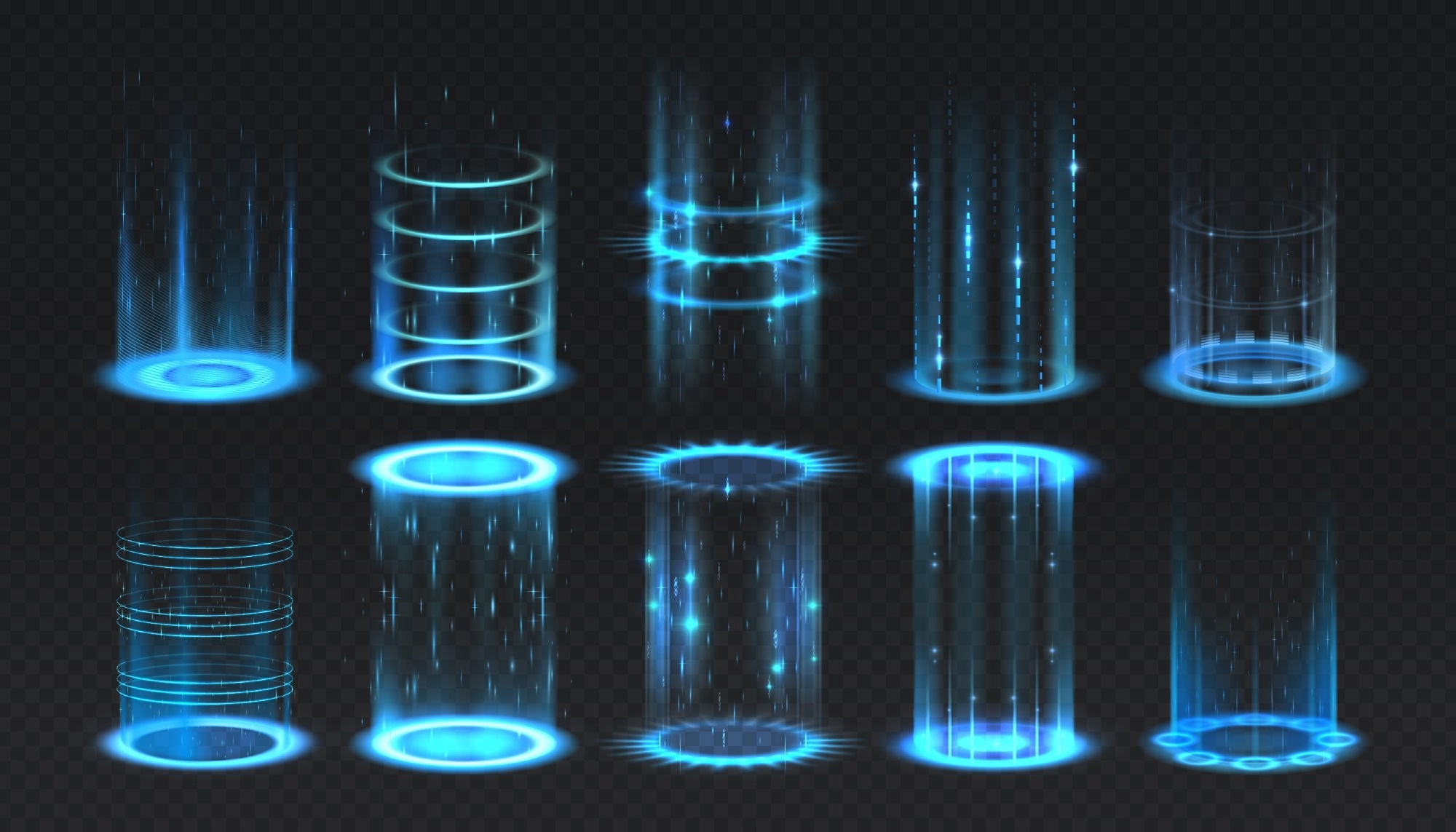Femtosecond laser ablation (FLA) plays a significant role in the fabrication of materials with its thermal effects and extreme accuracy.

Image Credit: SpicyTruffelSpicyTruffel/Shutterstock.com
In recent times, Professor Shian Zhang and Professor Yang Yang from East China Normal University integrated a novel single-shot ultrafast imaging method with a molecular dynamics simulation technique to collectively examine the FLA process of heavy gold.
The study outcomes reported in the journal “Ultrafast Science” do not just disclose the ablation mechanism of the material at various excitation energy flow densities. However, it also offers significant proof for the application of femtosecond laser ablation on other materials.
The method of novel single-shot ultrafast imaging utilized in this work is known as chirped spectral mapping ultrafast photography (CSMUP). This makes use of a chirped laser pulse to strongly enlighten the ablation scene and further makes use of a hyperspectral camera to obtain images that are spectrally resolved.
Eventually, due to the correspondence that happens between the wavelength component and the time point of chirped probe laser, it is possible to obtain the time-resolved images. CSMUP has been illustrated to have an imaging speed ranging up to 250 billion frames per second. This is a spatial resolution of a sub-micrometer and a sequence depth of 25.
At the same time, in theory, large-scale 3D time-resolved simulations of the ablation process have been executed with the help of an MD method. With an elaborate comparison analysis of the experimental outcomes with the simulation results, the variations happening between the ablation morphology, pressure, temperature, and stress dynamics of the gold target under different excitation fluences have also been illustrated.
Currently, in terms of femtosecond laser ablation observation, the conventional pump-probe technology can just achieve one frame of the image at a time. Hence, the entire recording of the scene will be impacted by the laser power jitter and the material composition’s inhomogeneity.
Theoretically, hydrodynamics, two-temperature, and molecular dynamics models have the potential to describe the fundamental mechanism of the laser ablation process. However, these simulation techniques also have their limitations and applicability.
Hence, this research work is of great importance to obtain the analysis of the dynamic behavior and mechanism of femtosecond laser-material interaction. This can be done by integrating high spatial-temporal resolution single-shot ultrafast imaging technology together with the multi-model high-accuracy simulation tools.
This work offers a technical foundation for tracking the ultrafast laser fabrication in real-time but is also beneficial for completely understanding the physical mechanism of the interaction happening between fierce ultrafast laser and materials.
In the forthcoming days, the research technique in this work will continue to be employed in the study of the femtosecond laser ablation of several materials.
Journal Reference:
Yao, J., et al. (2022) Exploring Femtosecond Laser Ablation by Snapshot Ultrafast Imaging and Molecular Dynamics Simulation. Ultrafast Science. doi.org/10.34133/2022/9754131.